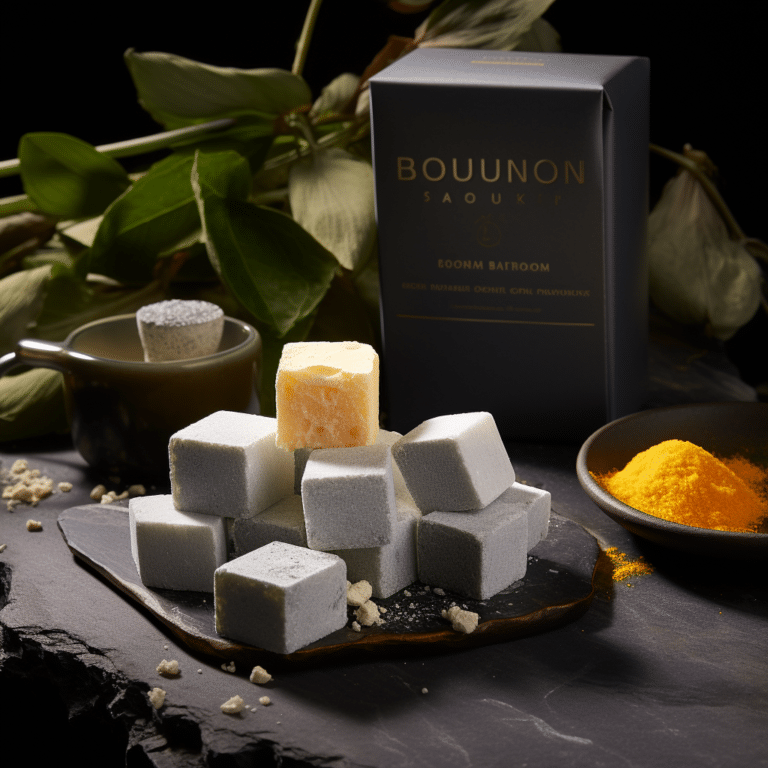Sope vs. Gordita: Differences and Similarities Explained
Sope vs. Gordita: Sope and gordita are popular anjonitos from Mexico. They are made from nixtamalized corn flour known as masa harina. Nixtamalization is the process where dry corn is soaked in lime to remove the kernel, after which its ground forms fine flour. The difference between sope and gordita is that sope has a flat base with pinched sides that resembles pizza, and gordita is made of cone-shaped dough, which is split to form pockets and is stuffed with fillings. What then are the differences and similarities between sope and gordita?

Sope Vs. Gorditas: Overview
Sope
Also known as picadita or pellizcadas in Oaxaca, is a small round, traditional Mexican dish made of masa harina and filled with savory toppings. It looks like a thick tortilla with pinched sides. The sides are designed to hold the toppings in place and prevent them from falling off. The flatbread is thick, pliable, and fried to restrain moisture from the toppings from messing it up. Wet ingredients for toppings could make the base soggy and cumbersome to eat.
How Sope Is Prepared
Sope originated from the southern and central regions of Mexico. Traditionally it was prepared using nixtamalized flour, water, salt, and vegetable oil. These ingredients are mixed and rolled to make a small, round, thick flatbread. It is then fried and toppings are added. The base is fried until done, but not necessarily crunchy.
Sope can be topped with refried beans, shredded chicken, ground beef, chorizo, and vegetables. A smaller variation of sope, known as sopecito, is made of salsa and beans only. In Oaxaca, sope is made from the delicacy of roasted grasshoppers.
Serving
The sope is small and normally served as a snack or side dish. An adult may not get filled up with this small open-faced snack on its own. It can be served with eggs, chicken, beef, vegetables, soups, and salads. Eating sopes with a fork and knife might be tricky due to their small size. It is best eaten with hands to reduce mess. Sopes have various variations; some include chicken, beef, vegetable, and other beans. While serving the dish, get something that will help compliment it.
Gordita
Gordita is a member of the mojito class of Mexican meals. These are street foods served mainly in the streets or market stalls in Mexico and her neighbors. Gordita in Spanish means fat or chubby. Gordita is a ‘’fat’’ cone filled with various additions. The dough is made into a thick flatbread, which is fried or baked and split into two. It is then filled with choice additions to form a fat tortilla-like cone.
Preparation Of Gordita
To prepare gordita, mix masa marina with salt, vegetable oil and water and knead. Other variations use wheat flour instead of masa marina. Spread it out to form Sope vs. Gordita a thick dough that is fried or baked. For the fried variation, the dough is put on a skillet or griddle known as a comal till the exteriors are done.
The cone is then split and stuffed with fillings of your choice. The traditional menu had chicharron(pork rinds) and lemon juice as the main ingredients. Many variations have replaced the chicharron with meats, vegetables, and beans. In the baked variation, chicharron is mixed with dough during kneading.
The thick dough is then made and baked. This dough should be thicker than that of fried gordita. The baked cone is split and stuffed with fillings such as chicken, beef, sausage chorizo, eggs, refried beans, and cheese.
Serving Gorditas
In Mexico, gorditas are mainly eaten for lunch, though they can be used for breakfast, dinner, and in between meals. It could be served with salads, vegetables, chicken, beef, beans, sauce, potatoes, and soups based on personal preferences. Gorditas are eaten by hands; a fork and knife can spill the fillings and end up messing with a good dish. Gordita has variations; gordita de horno which is baked on an oak leaf, and gordita de arriero, stuffed with refried beans and chile de arbol.
How To Store Sope And Gorditas
Avoid storing sopes and gorditas at room temperatures. This encourages the growth of bacteria, which can be harmful when consumed. High temperatures also reduce their shelf life. You can either refrigerate or freeze the sope and gordita. Put them in an airtight container or plastic bag and refrigerate them. They can last for 2 weeks when refrigerated and 2 months frozen. When reheated, do not re-refrigerate or re-freeze. It could cause contamination and food poisoning.
How Can You Tell Sopes And Gorditas Have Gone Bad
To tell whether they are okay, use your Sope vs. Gordita sense of smell, sight, taste, and touch. If it has an odor, mold, the color has changed, has an unusual taste, or feels slimy, it might have gone bad. Avoid eating bad food, it could cause serious health setbacks. When purchasing these items from stores, be sure to check the expiry or sell-by date on the packing. If the packaging is clear, check how they look before purchasing.

Similarities BetweenSopes and Gorditas
- They are both Mexican street foods whose consumption is widespread in Mexico and South and Central America.
- Their main ingredients are masa harina, salt, water, and oil.
- They can be served as a snack, side dish, or main dish.
- They are both served hot. Prepare sopes and gorditas just before serving to maintain flavor and shape.
- They are both filled with several additions.
- For longer shelf life, they are either refrigerated or frozen. Warm environments make them spoil fast.
To conclude, sopes and gorditas are Mexican cuisines enjoyed in Mexico and its neighbors. The main difference between these two is that sopes are made of a flatbread,d topped with savory fillings, while gorditas are made of small pockets filled with delicious stuffing. Sopes and gorditas can be served for lunch, breakfast, dinner, or snacks between meals.






